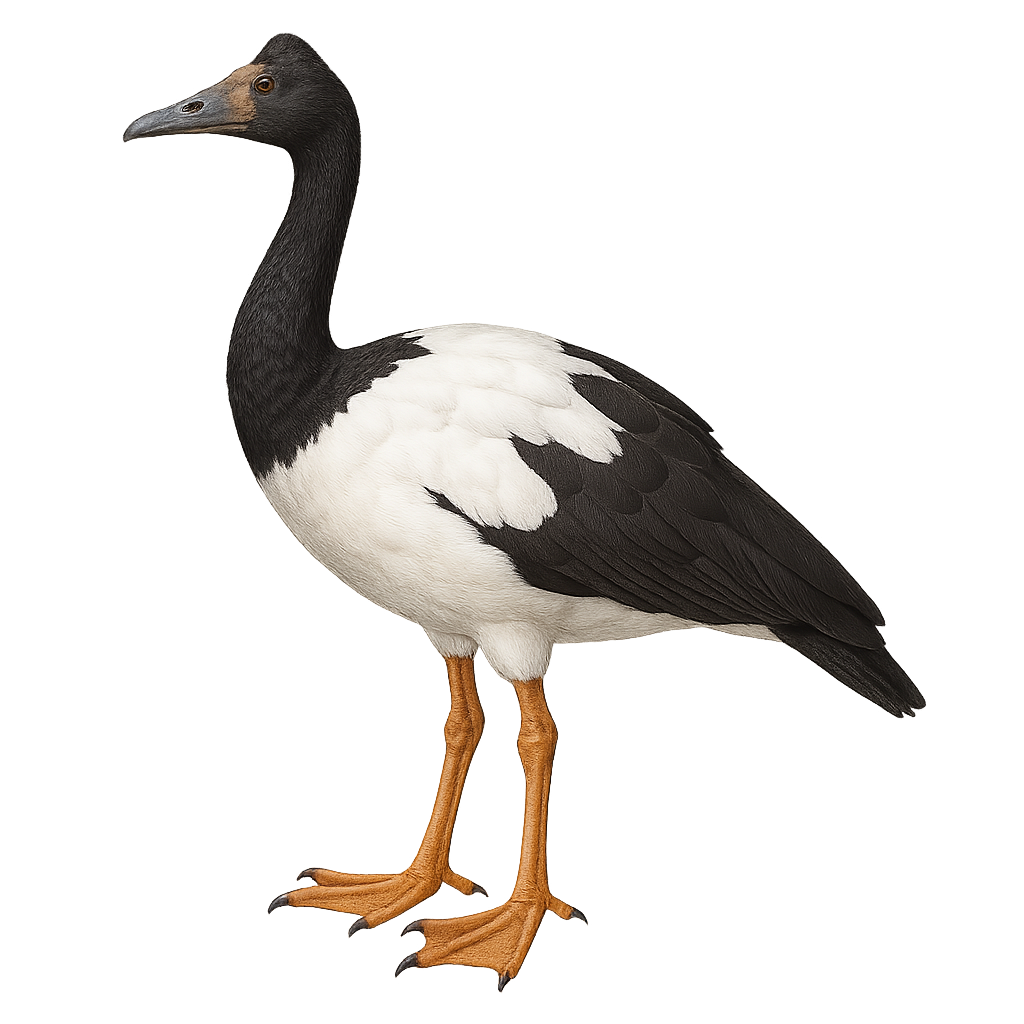Your wildlife photography guide.
Explore the magpie goose in detail, study its behavior, prepare your shots.
Where to observe and photograph the magpie goose in the wild
Learn where and when to spot the magpie goose in the wild, how to identify the species based on distinctive features, and what natural environments it inhabits. The WildlifePhotographer app offers tailored photography tips that reflect the magpie goose’s behavior, helping you capture better wildlife images. Explore the full species profile for key information including description, habitat, active periods, and approach techniques.
Magpie Goose
Scientific name: Anseranas semipalmata

IUCN Status: Least Concern
Family: ANSERANATIDAE
Group: Birds
Sensitivity to human approach: Suspicious
Minimum approach distance: 10 m
Courtship display: January to February
Incubation: 30-33 jours
Hatchings: February to March
Habitat:
Wetlands, marshes, mangroves
Activity period :
Primarily active during the day, with peak activity in the morning and late afternoon.
Identification and description:
The Magpie Goose, Anseranas semipalmata, is a distinctive waterbird belonging to the family Anseranatidae. It is characterized by its striking black and white plumage, long legs, and partially webbed feet, which give it its name. This bird is primarily found in the wetlands of northern Australia and New Guinea. Unlike most other waterbirds, the Magpie Goose can perch in trees thanks to its sharp claws. It lives in groups and primarily feeds on aquatic plants. Its breeding season coincides with the rainy season when food resources are plentiful.
Recommended lens:
400 mm – adjust based on distance, desired framing (portrait or habitat), and approach conditions.
Photography tips:
To photograph the Magpie Goose, it's advisable to use a telephoto lens of at least 400mm to capture detailed images without disturbing the bird. Look for wetlands where these birds gather, especially during the rainy season. Be patient and discreet, as these birds can be suspicious. Take advantage of the natural morning or afternoon light to get shots with beautiful contrasts.
The WildlifePhotographer App is coming soon!
Be the first to explore the best nature spots, track rutting seasons, log your observations, and observe more wildlife.
Already 1 429 wildlife lovers subscribed worldwide

